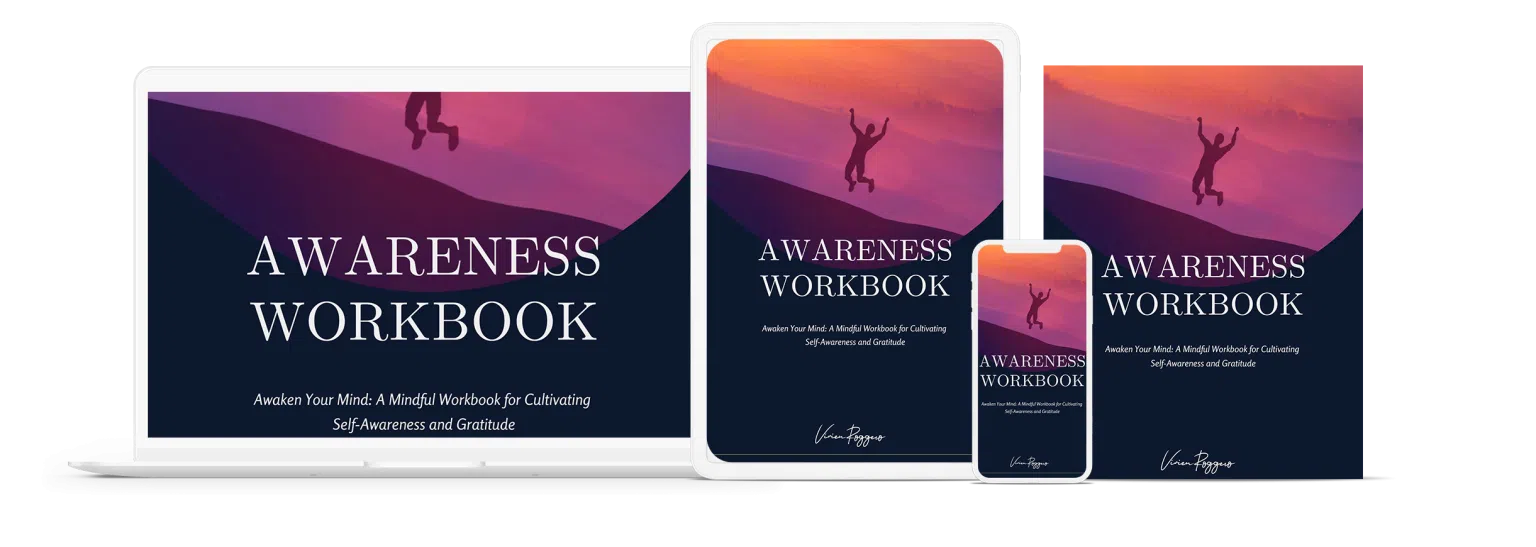
Top 5 Couples Therapy Exercises to Try at Home
These top 5 couples therapy exercises are a great way to supplement your therapy or improve your relationship on your own

These top 5 couples therapy exercises are a great way to supplement your therapy or improve your relationship on your own

Good communication is necessary for healthy partnerships. Although it may seem difficult to become a good speaker, doing so is really as simple as developing one crucial skill: listening.

Postpartum depression is a severe and protracted form of depression that some new mothers encounter. This isn’t a personal failing or frailty. Sometimes it is simply a side effect of childbirth.

When the relationship ends, it can hurt you so badly. Divorce is not easy, no matter the reason behind it. It is difficult to process, and in this article, we will be talking about this painful experience.

We all know that not every relationship will be a lifelong commitment. They occasionally reach a stage where they stop being motivating or satisfying.

Home Everyone fights and occasionally disputes with their spouses, families, and other people close to them. However, this indicates domestic violence if it develops into

For every person, toxic relationships might seem different. It might be challenging to tell if a relationship is unhealthy because toxic relationships don’t always manifest themselves that way.

Home All of us have bad habits. We may smoke, bite nails, crack our knuckles, hit snooze so many times, have poor posture, stay up

Divorce is not easy, and it is a highly disturbing time. But if children are involved, it can devastate them and leave long-term effects of divorce on children. The relationship between the child and parent is the closest bond; therefore, they’re the ones who experience immense discomfort from their parent’s separation. They feel like their entire world has turned upside down. The children’s life may change significantly after the divorce of their parents, and there can be psychological effects on children. They’re emotionally affected and experience a range of feelings, such as anger, anxiety, loss, confusion, insecurity, and many more.

Home By remembering the reasons you first met, paying attention to your partner’s needs, and making time for activities you both enjoy, there are a

This FREE self-empowerment workbook is designed to help you understand your life and yourself better, so you can make decisions that will move you forward. You will also be joining our community for exclusive insights and strategies delivered directly to your inbox.

Vivien Roggero is an Executive and Elite Transformation Coach, Speaker, and Entrepreneur. With a successful executive background, he now guides people, entrepreneurs and companies to success through Mindfulness, High Performance and Freedom. He is also the creator of the One Freedom™ Coaching Framework.
This workbook is designed to help you understand your life and yourself better, so you can make decisions that will move you forward to a life of Freedom and Joy.
![2024 Awareness Wordbook by Vivien Roggero [Self-discovery tools]](http://vivienroggero.com/wp-content/uploads/2023/04/Book-Awarness-Full-pack.png)